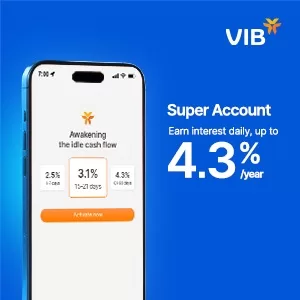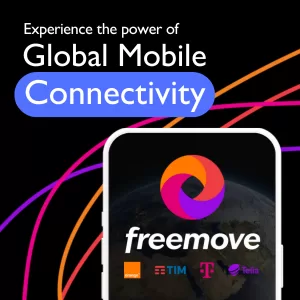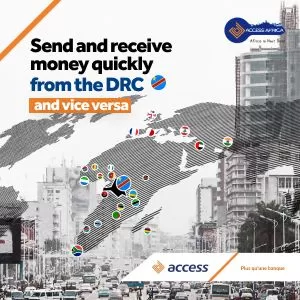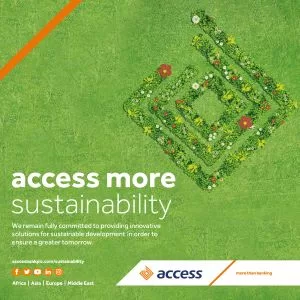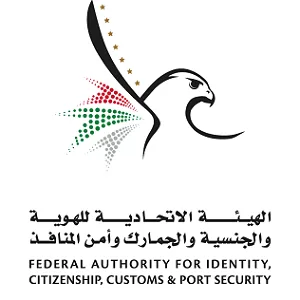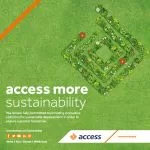Travel
10 Must-Knows Before You Pack for the Philippines’ Nomad Life
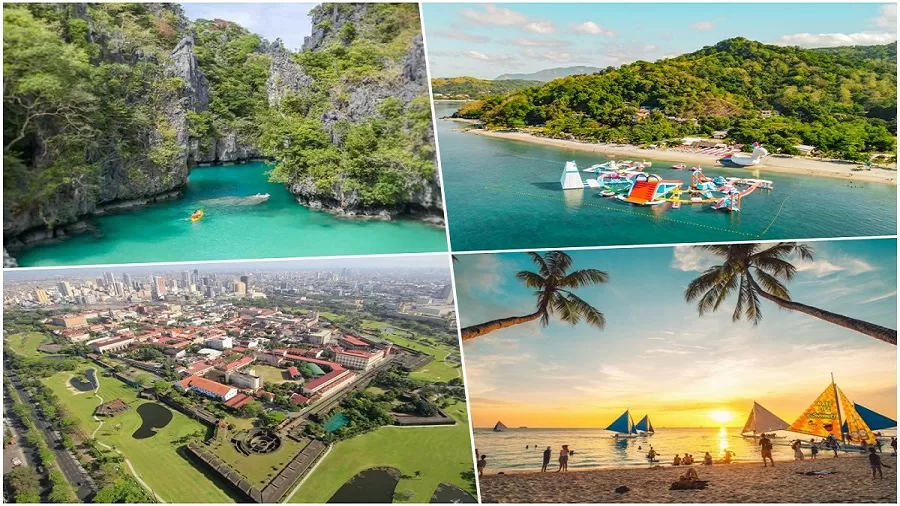
- The Philippines is creating a digital nomad visa that will encourage remote professionals into the country and make remarkable contributions towards the upcoming tourism revival post the pandemic, in the wake of a 16.4% rise in tourist numbers drawn to the country in 2024 and with a rising trend soliciting long-term, work-friendly travel options.
- By offering legal pathways for remote workers, the country hopes to stabilise its tourism revenues year-round, especially in regions beyond Manila and Cebu that benefit from long-stay international visitors.
Why I’m Keeping an Eye on the Philippines
After a few years of remote work life—hopping between Lisbon, Medellín, and Bangkok—I started looking for a new place to settle for a bit. Somewhere tropical, affordable, with decent Wi-Fi and good food.
Then, in April 2025, I learnt that the Philippines is proposing to introduce a digital nomad visa. On April 24, 2025, President Ferdinand Marcos Jr signed Executive Order No. 86, which established the legal basis for a digital nomad visa. While it’s not live yet, the country is officially getting ready to welcome remote workers with a proper visa route.
Here’s what I’ve learnt so far, and why I’m already prepping for a move.
1. You’ll Need to Prove You Work Remotely
One of the main criteria will be showing that your work is completely remote. This means you’re employed by or working for clients outside of the Philippines.
Think: contracts, bank statements, or letters from employers. I’ve got a folder on my laptop ready with those, just in case.
2. Not Everyone Will Qualify—It Depends on Your Passport
The visa will only be open to people from countries that offer a similar visa to Filipinos. It’s a give-and-take kind of rule. The UK is expected to be on the list, which is great news if you’re based there like me.
Still, it’s worth checking if your country has a digital nomad agreement with the Philippines.
3. You’ll Need to Show You’re Earning Enough
There’s no confirmed income requirement yet, but most digital nomad visas ask for proof of steady earnings. Expect to be asked to show a few thousand pounds’ worth of monthly income.
Start pulling together recent bank statements and proof of ongoing contracts—it’ll save time later.
4. Health Insurance Will Be Required
One non-negotiable part of the application is health insurance. You’ll need a plan that covers your full stay in the Philippines.
I’ve already started researching international nomad policies. They’re a little expensive, but worth it if something goes wrong while abroad.
5. You Can’t Work for Local Clients
This visa is only for people who bring money into the country, not take local jobs. So, you won’t be allowed to freelance or work with companies based in the Philippines.
Stick to your existing clients or find new ones abroad.
6. You’ll Get a Year to Start, Then You Can Extend
The plan is for visa holders to stay up to 12 months initially, with the option to extend another year. That gives you a solid amount of time to live and work legally in one place.
If the vibe works, you might not want to leave.
7. You’ll Need to Apply at an Embassy or Consulate
There’s no online form yet. Applications will go through Philippine embassies or consulates abroad.
For me, that’ll probably mean a trip to the embassy in London with a folder full of documents. It’s a bit old school, but hopefully the process will be clear once it’s fully live.
8. Staying Longer Could Affect Your Taxes
If you stay in the Philippines for more than 183 days in a year, you could become a tax resident. That might mean paying taxes on your worldwide income.
No one loves thinking about tax law, but I’d recommend speaking to an accountant before settling in long term.
9. The Internet Is Better Than You’d Expect
I’ve worked from Cebu and Manila before, and the internet was solid. Some beach towns like Siargao and El Nido have coworking spots and are improving connections, too.
It’s not perfect everywhere, but it’s workable if you plan ahead.
10. The Digital Nomad Scene Is Already Happening
Even without a visa, digital nomads are already working from places like Cebu, La Union, and Palawan. There are coworking spaces, weekly meetups, and more pop-ups every month.
Once this visa launches, the scene’s only going to get bigger.
So, What’s Next?
As of May 2025, the digital nomad visa has been officially announced, but it’s not yet open for applications. Executive Order No. 86 sets out a 30-day window to publish implementing guidelines and 60 days for pilot implementation.
If you’re dreaming about living in the Philippines while keeping your remote job, this is one to watch.
Keep an eye on official updates from the Department of Foreign Affairs or your local Philippine embassy.




